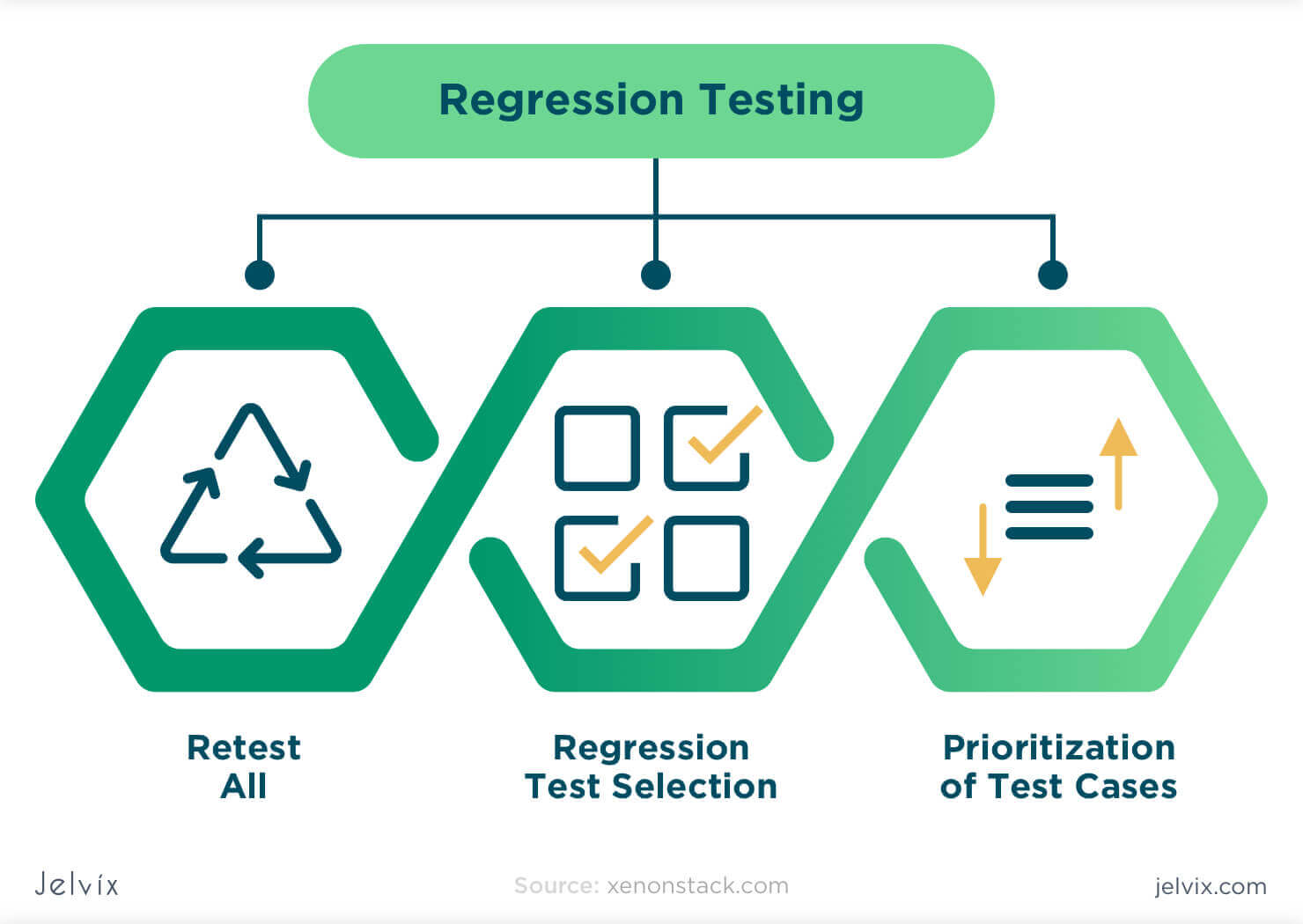Regression testing is a type of software testing that verifies changes to existing programs or features do not negatively affect existing functionality. It is an integral part of any software development life cycle as it ensures that the changes made by developers do not regress existing features or introduce bugs into the system. The purpose of regression testing is to ensure that the codebase remains stable and that its behavior is as expected.
Regression tests are usually conducted as a series of tests for comparison. These tests can either be manual or automated, with manual checks being typically more thorough. During the manual process, developers or testers complete the original set of tests to create a baseline measurement. A second set of tests is then conducted to confirm that the changes do not affect expected behavior. In an automated process, developers can use a regression test suite to create a suite of tests to measure the effect of changes. The test suite is then used to validate that the changes to the codebase didn’t introduce any unintended behavior.
Regression tests can be used to check for any bug fixes that have been made, ensuring that no further issues arise. They can also be used to validate any new features that have been added, such as a new API, ensuring that the new functionality behaves as expected.
In general, regression testing should be one of the last steps in the development process before major changes are released. It is also important to ensure that regression tests are updated with every release cycle, as their effectiveness decreases over time as features change and evolve.






